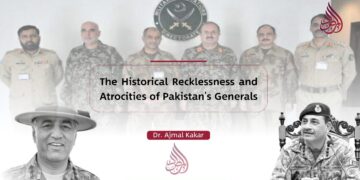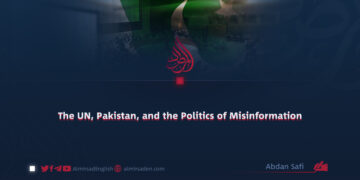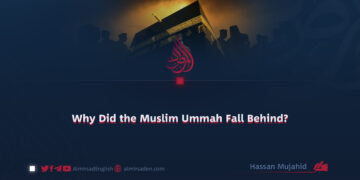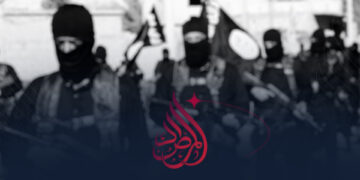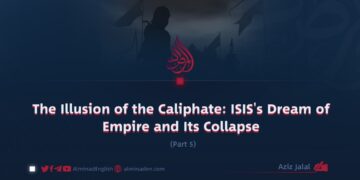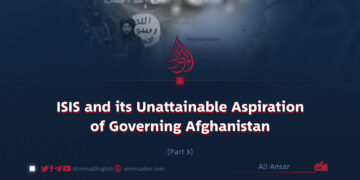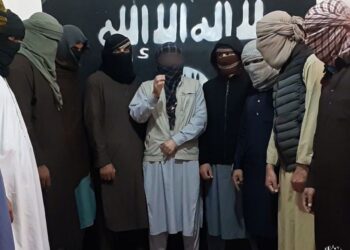Part 2
Hamza al-Khurasani
Targeting Women, Children, and Youth
ISIS did not rely solely on weapons in its pursuit of power. It also wielded a powerful propaganda machine, one that employed images, narratives, and psychological tactics to devastating effect. Among the most disturbing aspects of this strategy was the systematic targeting of women, children, and youth, vulnerable groups that were manipulated into becoming tools for the group’s violent agenda.
By exploiting existing psychological and social vulnerabilities, ISIS succeeded in indoctrinating an entire generation. Victims of trauma and instability were transformed into active agents of brutality.
Women, once seen as caregivers and moral anchors within society, were reduced to symbols of so-called “marriage jihad.” Children who should have been learning with books and pens were instead trained to carry weapons. Disillusioned youth, lured by the promise of a sacred mission, were turned into instruments of murder, trafficking, and plunder. The group’s fighters, claiming to be defenders of the weak, often killed the innocent or used them as pawns in their campaign of destruction.
For ISIS, children were not simply future recruits. They were central to the normalization of horror. The group deliberately circulated images of young boys in military uniforms practicing combat or even holding severed heads. These disturbing visuals were part of a calculated psychological strategy to desensitize audiences and blur moral boundaries, reducing violence to something mundane and routine.
In schools controlled by ISIS, education was stripped of academic value and infused with extremist ideology. Curriculum centered not on science, literature, or critical thinking, but on hatred, conspiracy theories, and violence. ISIS understood that controlling a child’s mind from an early age would eliminate the need for physical coercion later. These children became prisoners of their own indoctrinated thoughts.
The Instrumentalization of Women
No group exploited women in its propaganda more extensively than ISIS. On one hand, women were portrayed as loyal “guardians of the caliphate.” On the other, they were reduced to tools of sexual exploitation and ideological promotion. Through images of veiled, armed women, ISIS sought to present a female face of jihad, suggesting that killing and martyrdom were not limited to men but were also a duty for women.
In some cases, Western women who joined ISIS were used as propaganda assets, deployed to attract media attention. Their presence provoked both curiosity and fear, helping to further the group’s psychological goals. In reality, many of these women were subjected to sexual slavery. At best, they were viewed as reproductive vessels, meant to bear future fighters for the caliphate.
Youth as the Primary Target
Youth were ISIS’s most critical target. The group recognized that a directionless young person is like unshaped clay, easily molded to serve any purpose. By exploiting their search for identity, belonging, and purpose, ISIS trapped countless young men and women in its ideological web.
The group’s propaganda adapted to different audiences. For disenfranchised youth in Europe, “jihad” was portrayed as a form of resistance against racism and cultural alienation. For Arab youth, it was framed as a revolutionary response to corrupt regimes. Despite the variation in narrative, the end result was the same. These young people became faceless figures in gruesome propaganda videos, stripped of identity, future, and humanity, remembered only for their crimes.
The Lingering Impact
Although the territorial defeat of ISIS dealt a major blow to its propaganda machine, the psychological scars it left behind continue to affect individuals and communities. Children raised in environments of hatred, women estranged from their own identities, and young adults who sacrificed their prime years to an illusion now face a profound challenge. How do we rehabilitate individuals who were taught from childhood that killing the “other” is not only acceptable, but virtuous?
The solution lies not on the battlefield but in education, psychological support, and community reintegration. ISIS may have collapsed as a physical entity, but the ideological seeds it planted remain. Its mental and emotional legacy lives on in those it radicalized, many of whom still cling to the remnants of a false caliphate. Confronting this challenge requires long-term investment in healing, reeducation, and rebuilding the social fabric torn apart by extremism.

